Forestry England's eDNA Study Reveals 5,000 Species in Nation's Largest Wildlife Dataset
England's Most Comprehensive Biodiversity Dataset Captured at Unprecedented Speed and Detail Through Innovative eDNA Technology - Powering Data-Driven Restoration Across 250,000 Hectares of the nation’s forests with Actionable Biodiversity Metrics
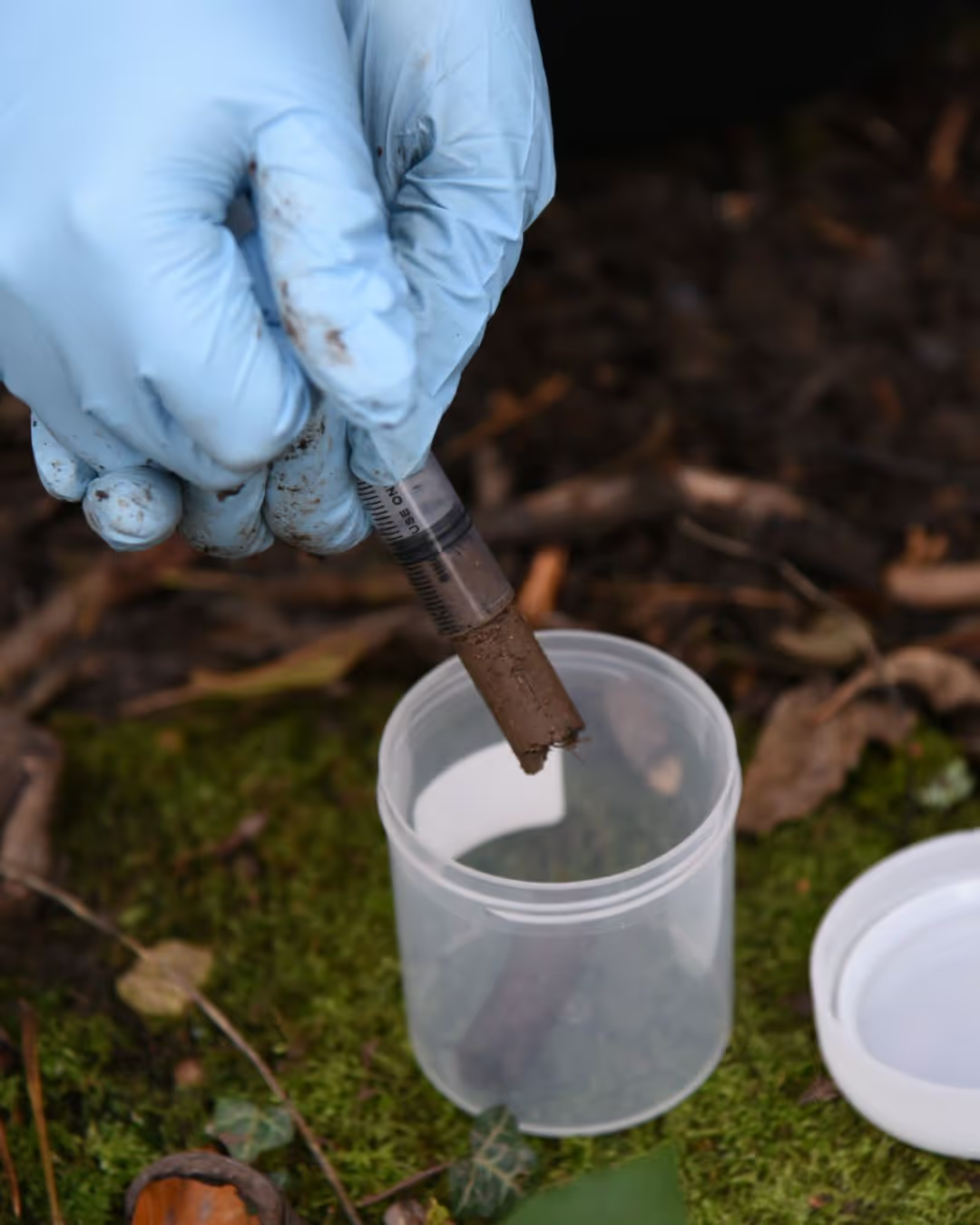
A collaboration between
Project Snapshot
Overview
Forestry England, the largest land manager in England, has partnered with NatureMetrics to monitor biodiversity changes and track and report on conservation efforts across the nation’s forests. This project utilises eDNA technology at a national scale to gather comprehensive insights into forest ecosystems. By leveraging the NatureMetrics Platform to convert raw eDNA data into actionable biodiversity metrics, Forestry England is driving the shift towards a data-driven approach to nature recovery, directly informing on-the-ground restoration actions such as soil translocation projects.

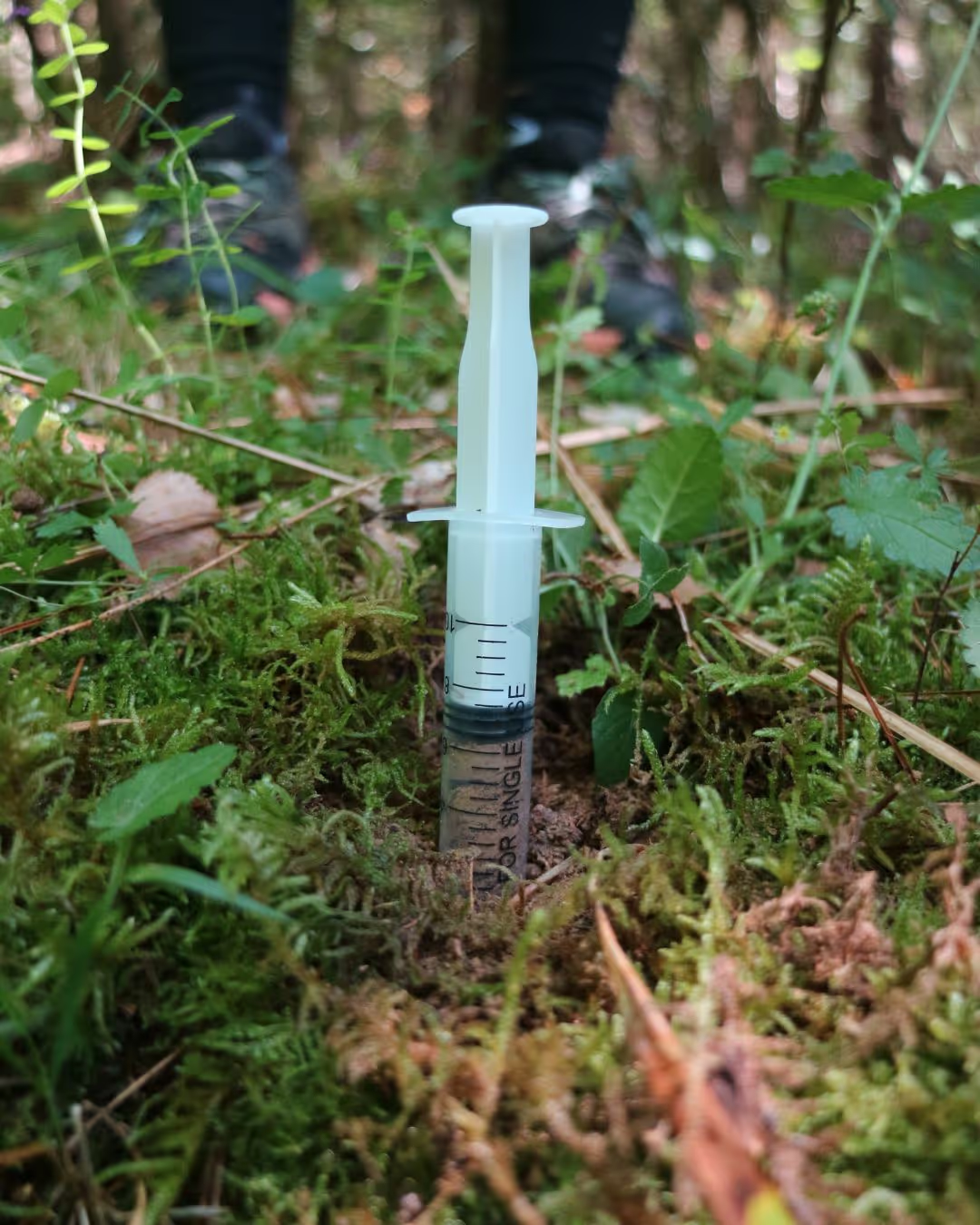

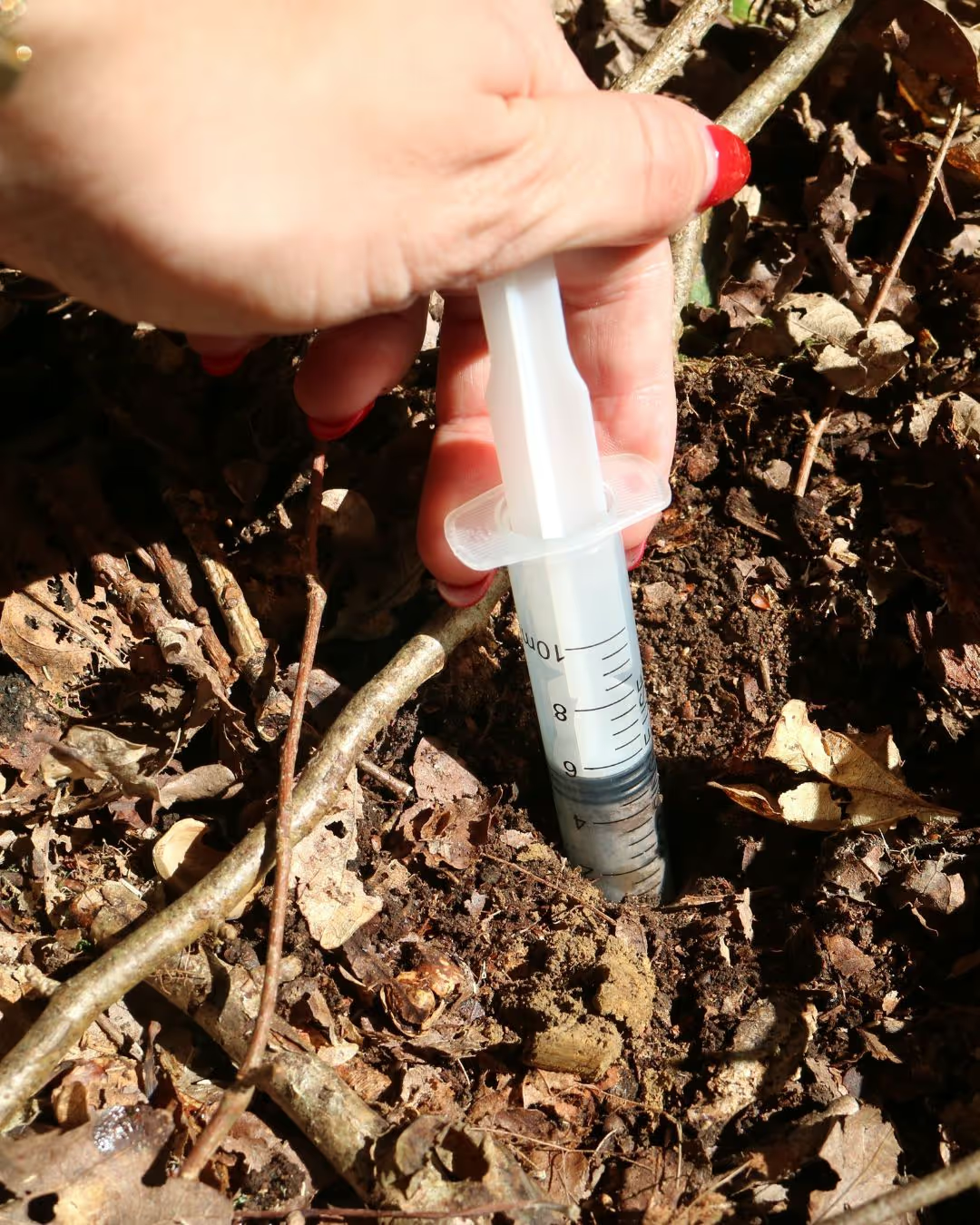
The Challenge
Forestry England faced the complex task of monitoring and managing biodiversity across 1,500 woods and forests covering over 250,000 hectares. Traditional surveying methods were inadequate for capturing the full spectrum of biodiversity, particularly for hard-to-survey groups like fungi and soil invertebrates which underpin many crucial ecosystem services. With ambitious goals to restore nature, including a commitment to create at least 6,000 more hectares where they integrate wilding activities in productive forests
Forestry England needed a scalable, data-driven approach to biodiversity monitoring. The challenge was not only to establish a baseline of current biodiversity but also to track changes over time, assess the effectiveness of various management activities, and report this data back to stakeholders to make informed decisions about restoration interventions across a vast and diverse landscape.

Our Role
NatureMetrics supported the design and implementation of a large-scale soil sampling strategy across 21 forest sites, encompassing areas where forest wilding will happen, restoration, and new woodland creation, analysing 659 soil samples using advanced eDNA metabarcoding techniques.
The NatureMetrics Platform then transformed these comprehensive species lists into robust, simple to understand and actionable biodiversity metrics helping Forestry England interpret the results and track changes over time. This includes metrics such as the Fungal Functional Diversity metrics and the underpinning functional profiling, which provides insights into the ecological roles of different fungal species within the forest ecosystem.
NatureMetrics has also supported Forestry England in the design of additional monitoring programmes, such as a rolling freshwater sampling initiative, to provide an even more holistic view of forest biodiversity and how it is changing over time.

The Findings
The eDNA analysis revealed an astounding level of biodiversity in the nation's forests. Over 5,000 unique species of fungi were detected, more than had been recorded in these forests throughout their entire history of traditional surveying. Additionally, more than 1,000 invertebrate species were identified, providing an unprecedented view of the forest's microscopic life and ecosystem functions.
The data showed distinctions in biodiversity profiles between different forest types and management approaches. This allowed Forestry England to compare the effectiveness of various restoration strategies and identify gaps in ecosystem services, such as missing ectomycorrhizal fungi in some newly created woodland sites. Notably, restored open habitat areas demonstrated over double the number of rare species compared to control sites, showing a 112% biodiversity uplift and providing concrete evidence of restoration success.
Seasonal and spatial patterns of biodiversity emerged from the data, building up a multidimensional picture of how forest ecosystems function and change over time. The comprehensive nature of the eDNA data also allowed for the detection of rare or hard-to-survey species, providing valuable information for restoration efforts.
This wealth of data provides Forestry England with a comprehensive and robust baseline against which to measure the success of their conservation and restoration efforts going forwards.

Andrew Stringer
Forestry England Head of Environment and Nature Recovery




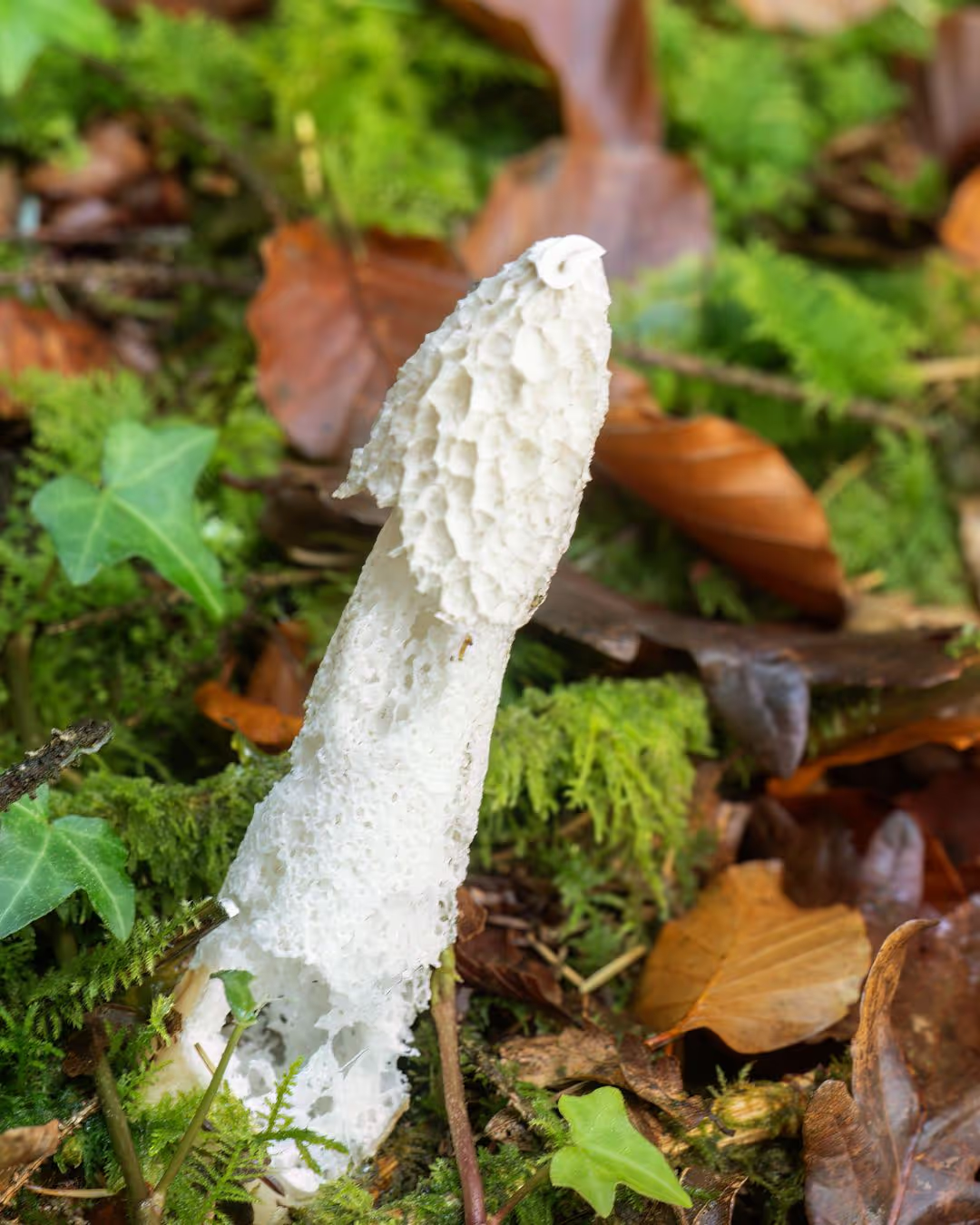
The Impact
The partnership between Forestry England and NatureMetrics is transforming forest management by enabling truly data-driven restoration practices. The comprehensive eDNA data, translated into actionable metrics via the NatureMetrics Platform, allows Forestry England to make informed decisions and take targeted actions about forest management and restoration strategies. The granular nature of the data has revealed important nuances - for instance, helping distinguish between sites with high overall species numbers versus those harboring unique, rare species - enabling more refined restoration priorities. This has already led to practical actions, such as planning soil translocations to introduce missing fungi species in new woodland creation sites, demonstrating the immediate real-world impact of the eDNA insights.
The eDNA approach allows for efficient, large-scale biodiversity monitoring across the nation’s forests , providing a holistic view of ecosystem health. Forestry England is also integrating eDNA data with other monitoring techniques, such as bioacoustics, to create a multi-dimensional understanding of forest ecosystems. This combined approach provides a more complete picture of biodiversity, from microscopic fungi to mobile wildlife.
The establishment of a robust biodiversity baseline allows for ongoing monitoring of changes over time, enabling adaptive management practices. As the project progresses through its four-year timeline, Forestry England will be able to track the impacts of their restoration efforts, adjusting strategies as needed based on solid evidence.
By embracing eDNA, Forestry England is setting a new standard for biodiversity monitoring and restoration in managed forests. Their approach demonstrates how large-scale land managers can use eDNA to enhance their environmental stewardship. Furthermore, the eDNA dataset, the largest environmental dataset collected in England, is being made freely available to researchers and the public. This open data approach fosters further scientific inquiry and collaboration, potentially leading to new insights and nature recovery strategies beyond the immediate scope of the project.
As this partnership continues, it promises to yield valuable long-term data on the effectiveness of various forest management strategies, contributing significantly to the understanding and preservation of woodland ecosystems across the UK.

Katie Cruickshanks
Conservation Manager, NatureMetrics




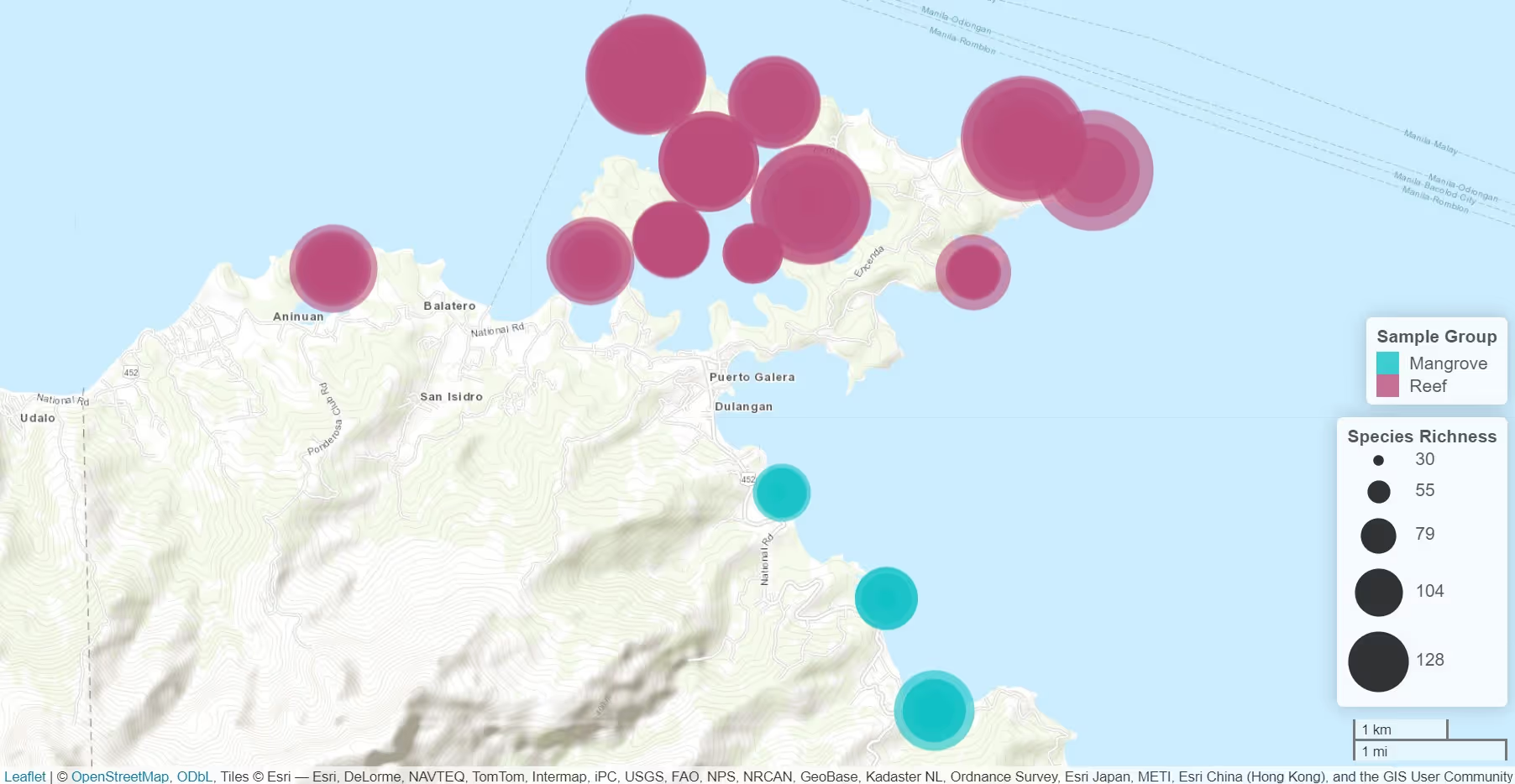
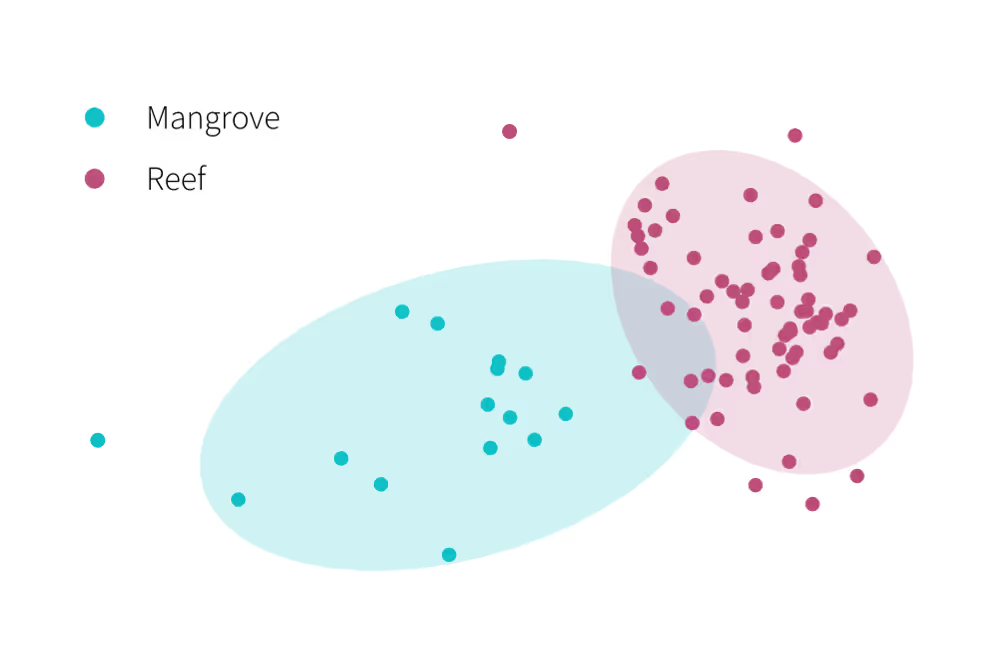

.avif)